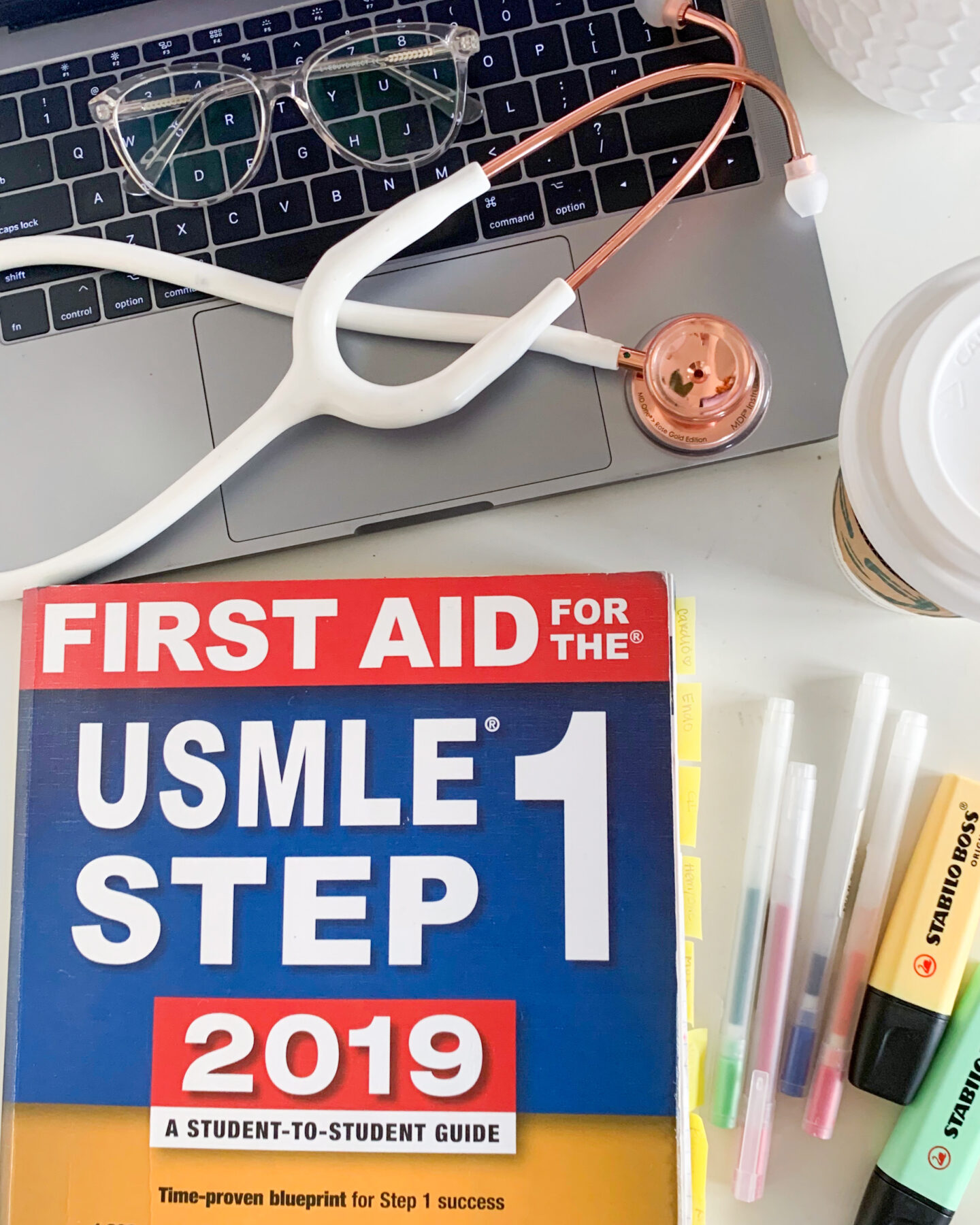
Hi everyone! One of the most important reference books you will use during MS2 to study for USMLE Step 1 is First Aid. An important consideration when annotating this book is making sure you are keeping it as a high-yield reference book that it is! You don’t want to dilute the important information with random, low-yield facts. You also want to keep it easy to read. Here are the tips I have for how to best annotate First Aid.
Develop a color-coding system
This is the one I used:
- Blue: Genetic associations and risk factors of the disease
- Pink: Pathological causes to diseases
- Yellow: Clinical presentation
- Orange: Relevant lab values and imaging findings
- Green: Treatment and management
This system really helped me quickly identify the most important information! I used this system in all my notetaking through medical school.

Do NOT over highlight.
Remember this is a high-yield book. You should highlight very sparingly. I’ve seen books that have 99% of the material highlighted, at which point the highlighting becomes useless. Try to prevent that! You shouldn’t be highlighting more than 50% of the content.
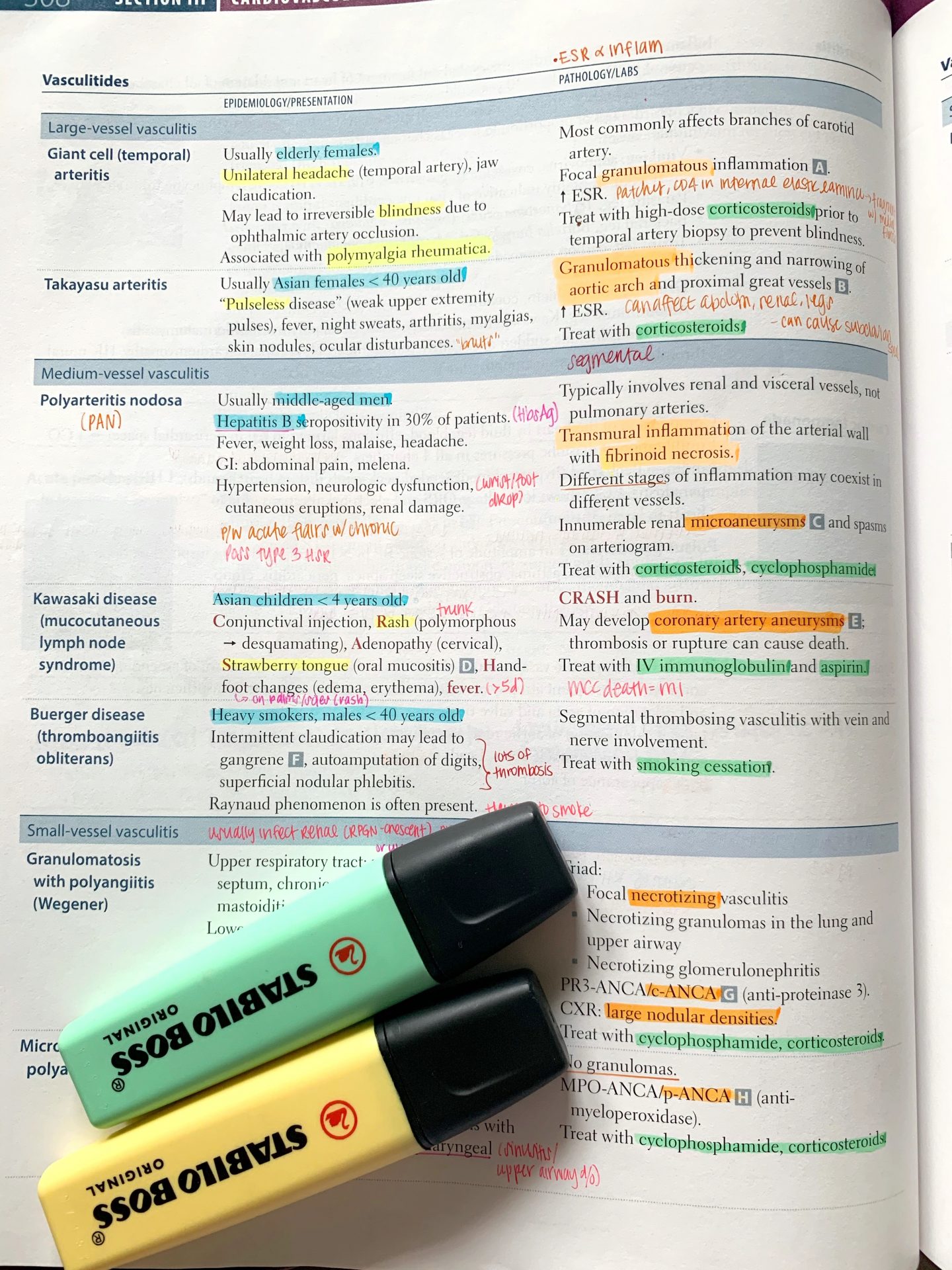
“Annotate” with relevant information from B&B
Realistically, most of the B&B information is verbatim from FA. I sometimes felt like listening to B&B was listening to FA in an audio format. For that reason, you really don’t need to write most of B&B in FA. Things that I made note of were helpful charts or tables, which I wrote on a piece of paper or sticky note and included it in that section. I personally annotated Pathoma content into the Pathoma book and liked to keep them separate, but some students preferred to also include those notes in their FA.
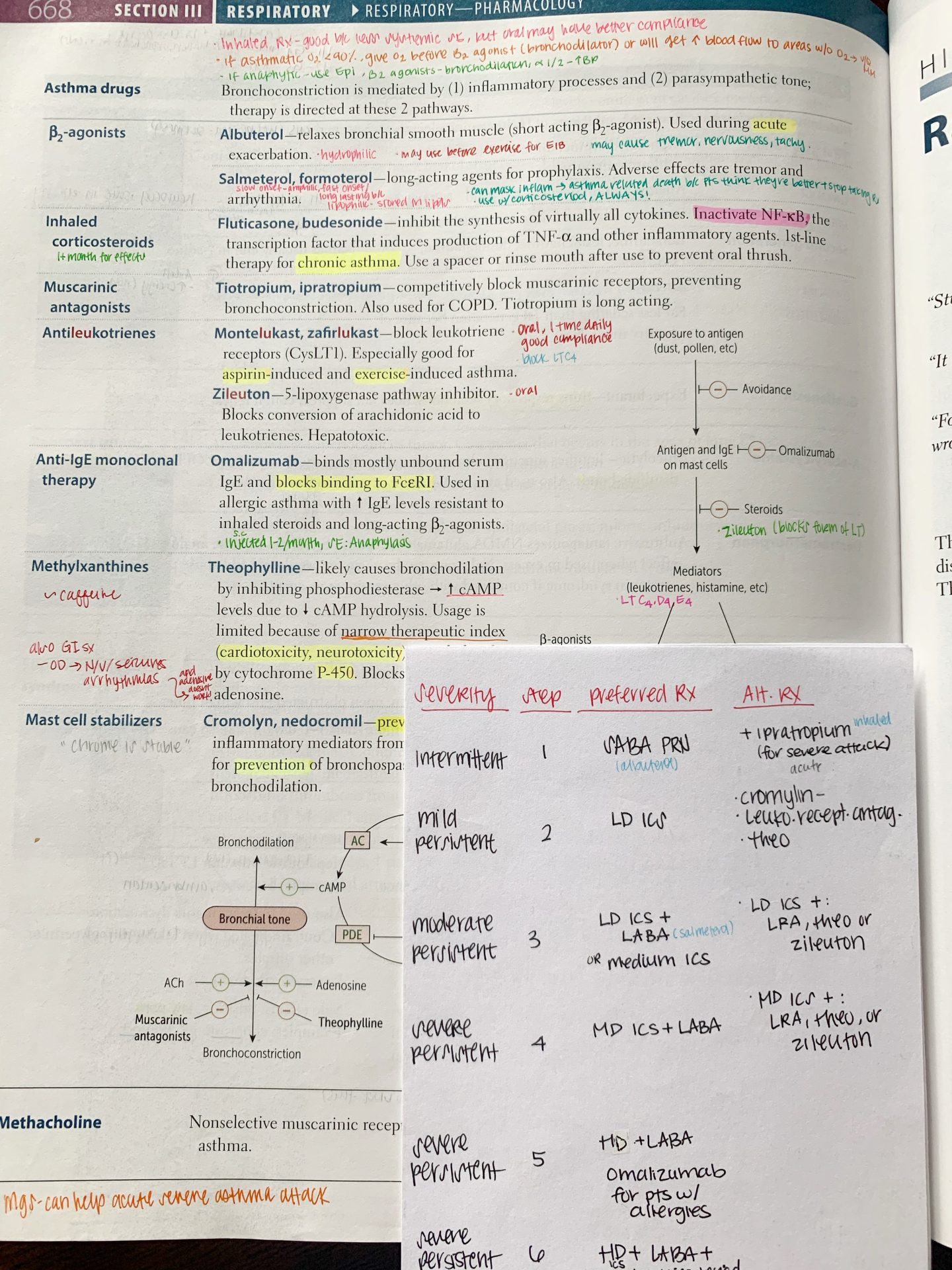
Draw in useful diagrams
Anytime I felt like I found a useful figure, diagram or chart that helped me conceptualize the information better, I drew it into the my FA or onto a sticky note. See below!
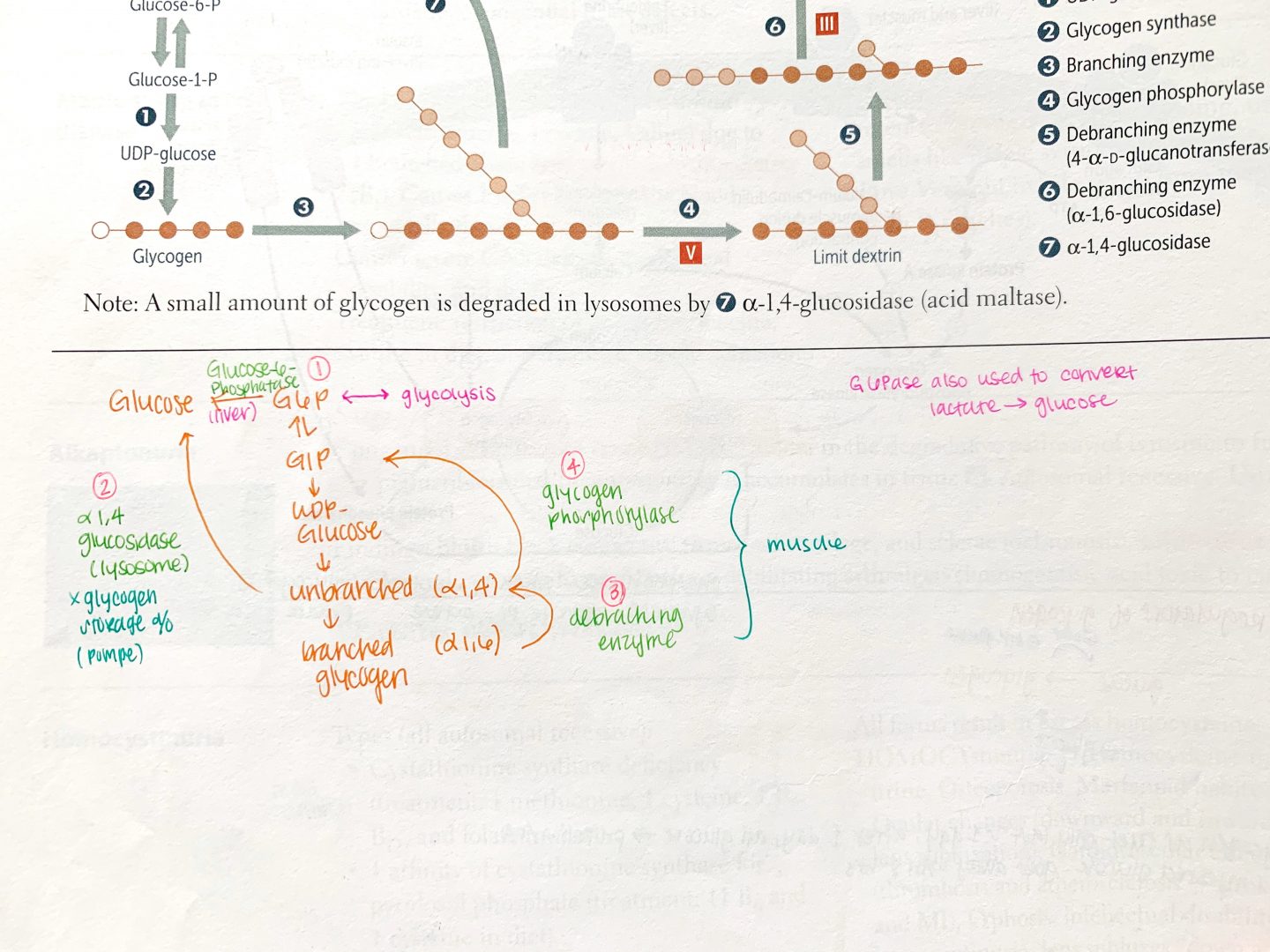
Don’t annotate with lecture material!
Most of your school’s lecture material will not be high-yield. While your lecture material is useful to learn and understand concepts, it usually goes in much more detail than what is high-yield for Step 1. If you still want to write some notes in there, use a sticky note. Once you get to dedicated, you’ll probably end up removing those since you’ll have a better grasp of the material.
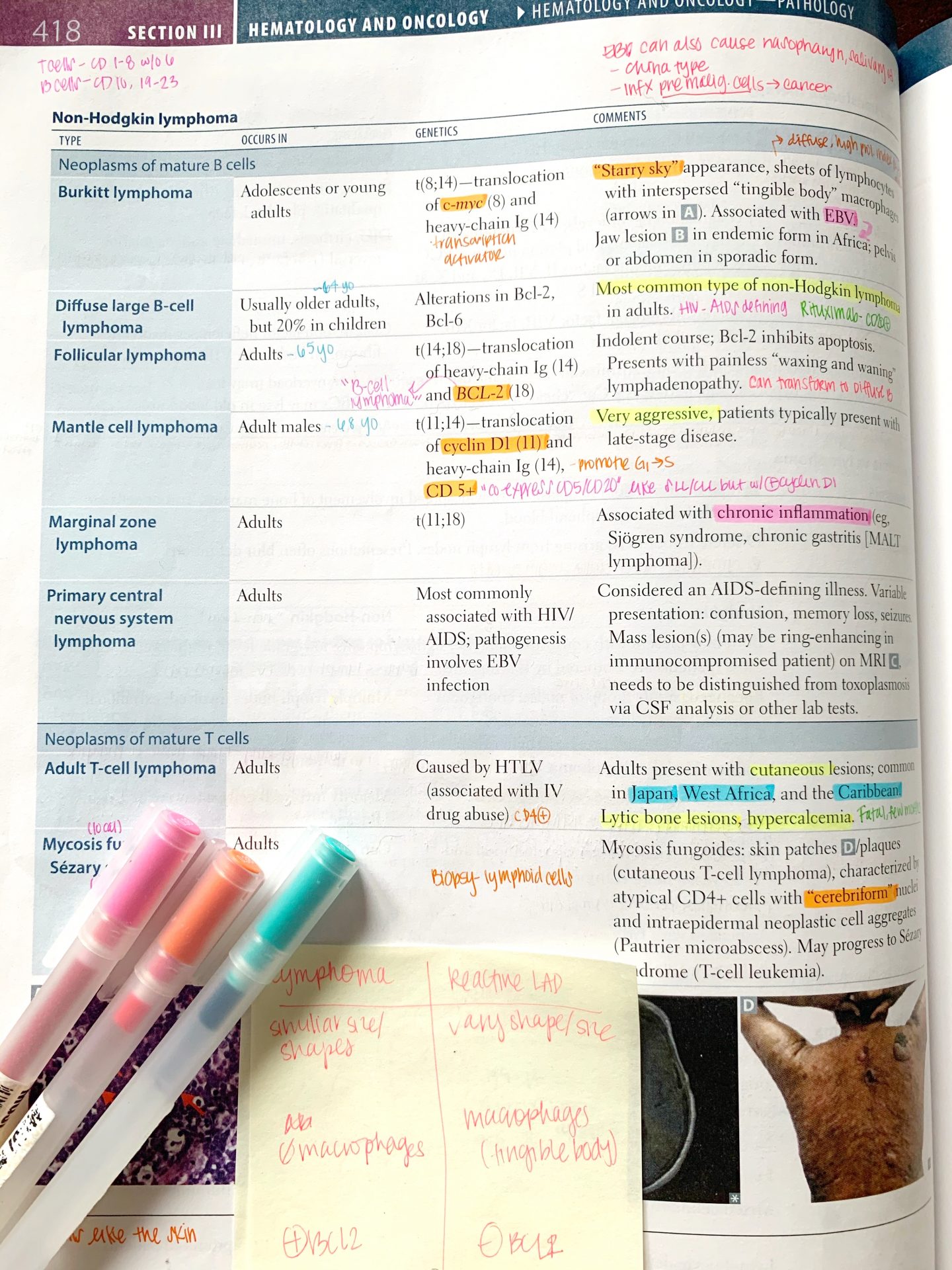
Use fine tip pens and highlighters that won’t bleed through pages
I personally prefer these pens and Sharpie highlighters, but there are a ton of other great options. I’ll share them below!
I made this for you so that you can stay organized and overcome the overwhelm that is dedicated Step Studying!
Study Finds
Questions or comments? Leave them below, I’d love to hear from you!
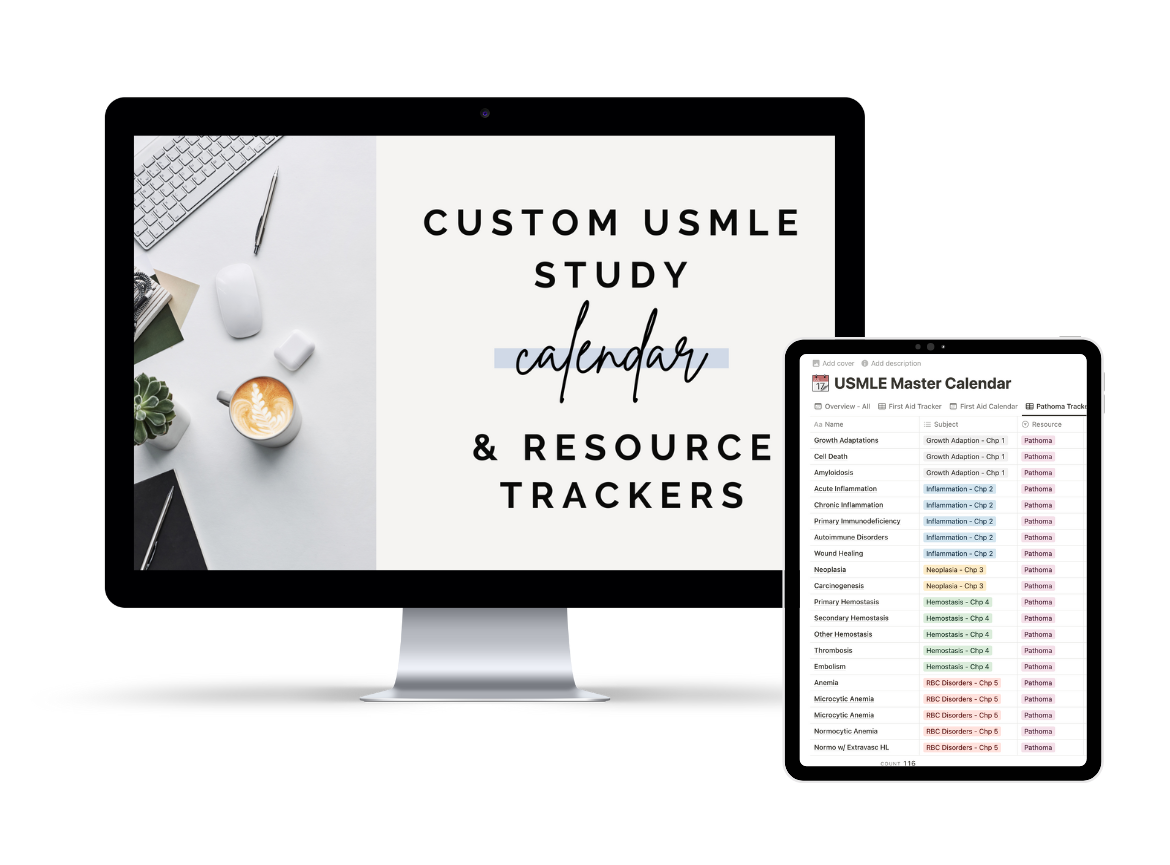

Perfectly written post!